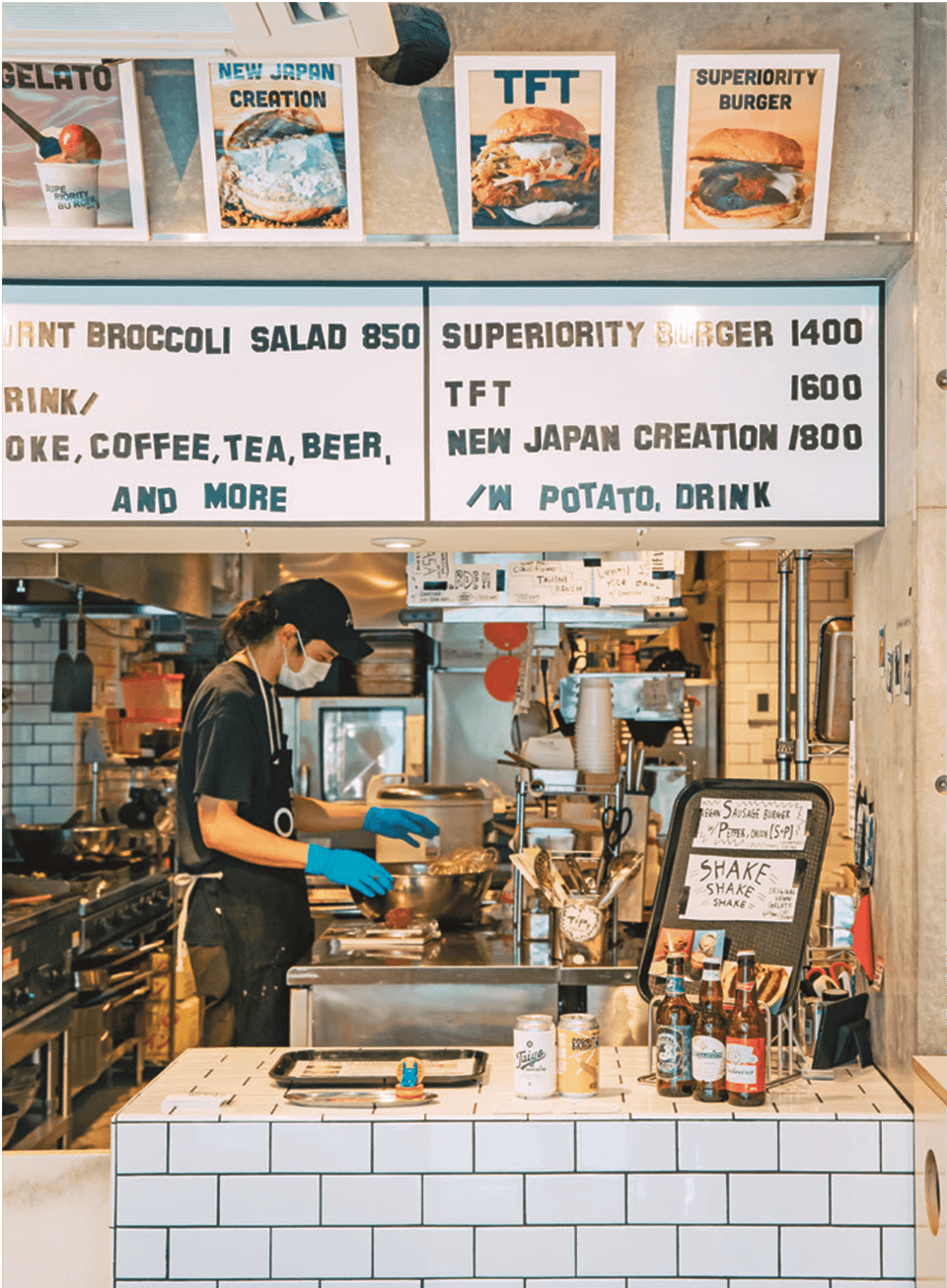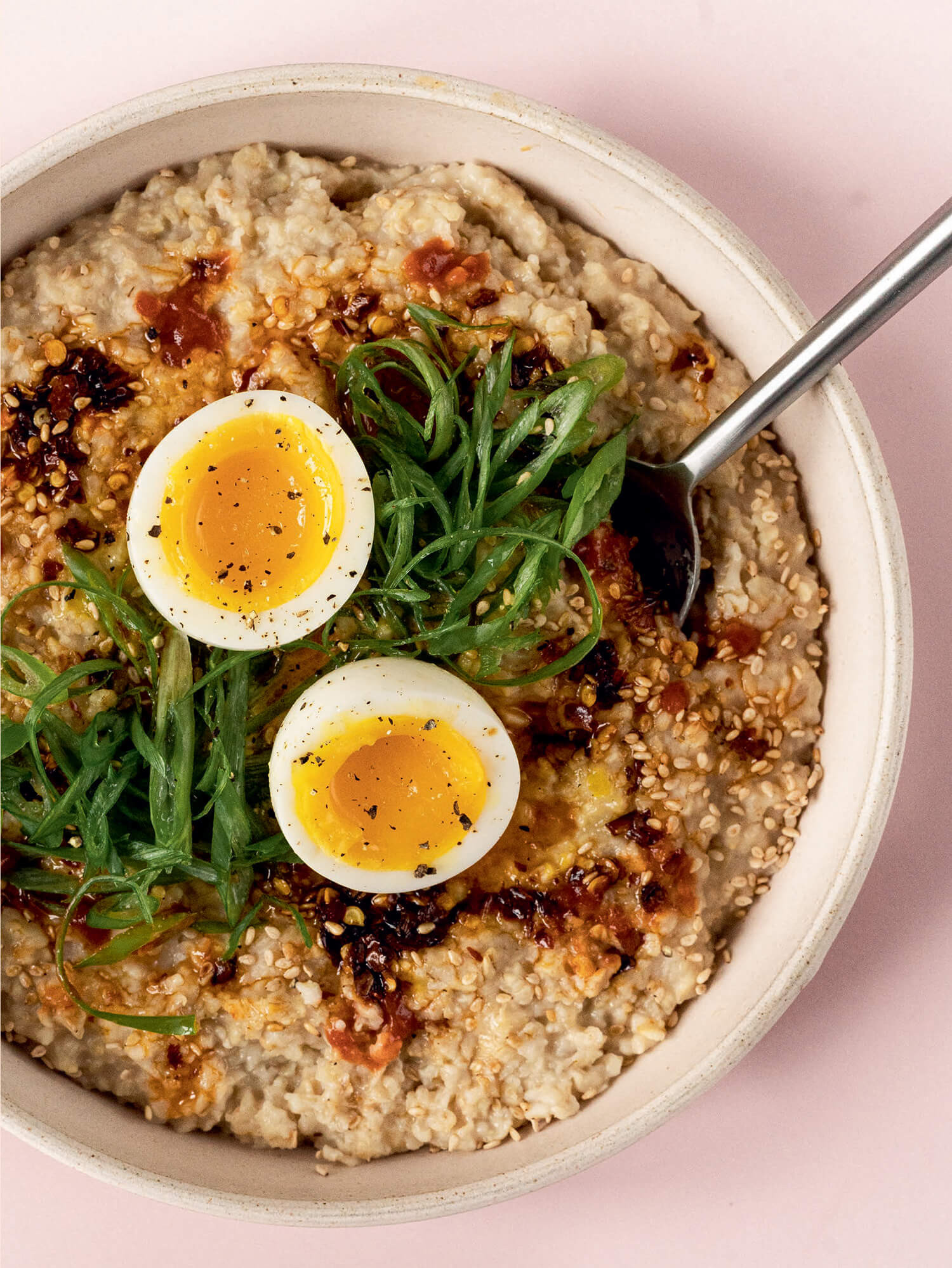When I first moved to Tokyo in 2011, I was a vegetarian foodie with high standards but almost no budget. Over the years, I was able to start eating out more regularly and began transitioning towards veganism, and my search for restaurants and stores that could supply high-quality and satisfying cruelty-free meals started to occupy a good deal of my time. However, vegan options were thin on the ground. Through trial and error (and carefully combing through Japanese blogs), I began to find hidden gems, and share them on Instagram at @tokyoveganguide.
These days, the availability of plant-based cuisine in Tokyo has skyrocketed. Dozens of wonderful new restaurants have popped up across the city and interesting collaborations between non-vegan restaurants and plant-based chefs are becoming increasingly normal. While still behind compared to most Western countries, it has become increasingly easy to find excellent vegan cuisine in Japan, partially thanks to the pre-COVID tourism boom.
I hope this makes your travels easier, memorable and filled with delicious meals!
Komeda IS
The 100 per cent plant-based branch of the major Komeda coffee chain is a large airy place that offers a combination of kissaten (old-school Japanese coffee shop) classics, along with tapas-like dishes to mix and match for dinner with a glass of wine or fruit liqueur. Until 11:00 you can also experience a certified vegan version of the Japanese ‘morning’ breakfast sets so common at kissaten.
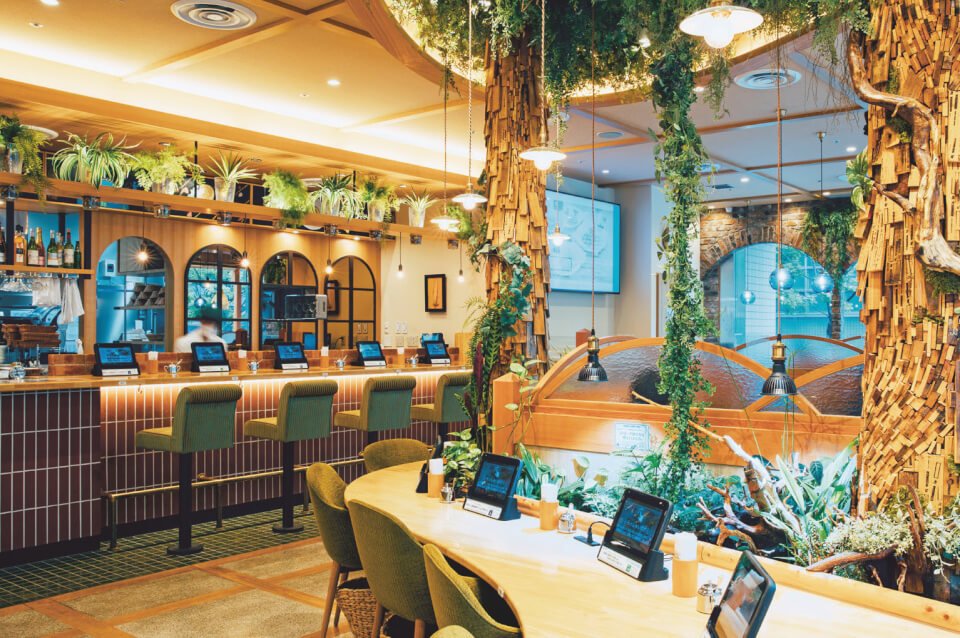
For lunch, the thick ‘ham cutlet’ or lemon-drizzled seared soy meat hot sandwiches are filling and pair well with a large oat milk latte. Another favourite is the creamy pasta gratin, or for a true only-in-Japan classic, try the the napolitan: a post-war creation of spaghetti in a tomato and ketchup-laced sauce with mushrooms, green peppers and (veggie) ham. On cold winter days go straight for the richness of the red wine–infused stew, with a few slices of baguette to mop up the sauce.
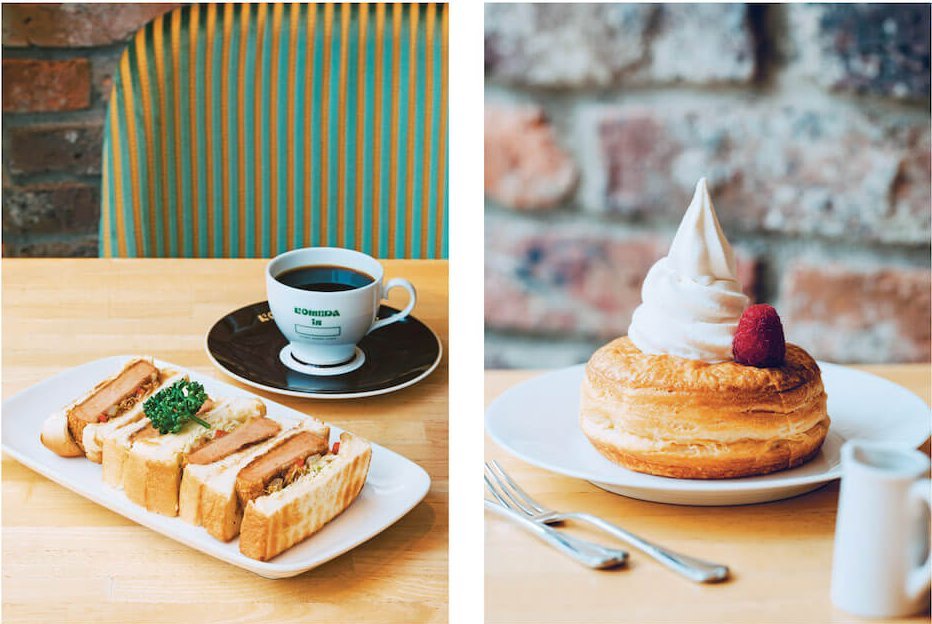
Note that the portions are large, so be careful of ordering too much, and leave room for dessert. The shiro noir is their most popular sweet treat, a Danish topped with almond milk soft-serve ice cream, or opt for the retro coffee jelly.
Ginza Shochiku Square 1F, 1 -13-1 Tsukiji, Chuo-ku, Tokyo
Superiority Burger
An outpost of the legendary punk/vegan burger spot in New York’s East Village, Superiority Burger in Tokyo serves the same standard gloriously junky and messy sandwiches, joined by a few new creations with a distinctly Japanese twist.
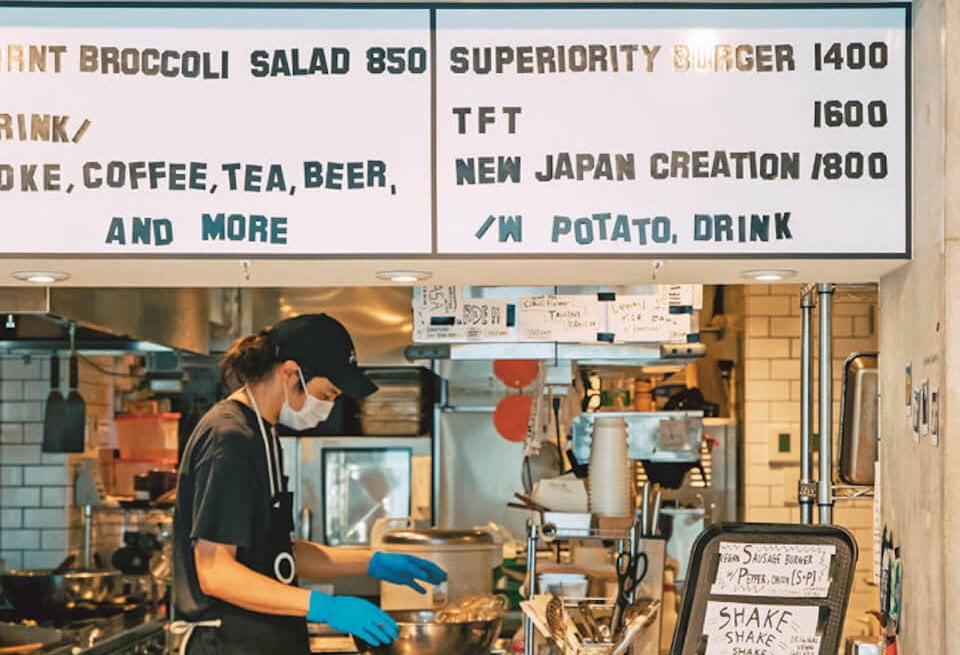
The TFT (Tokyo Fried Tofu) burger will fill the void in your life you didn’t even know you had…like KFC, but without the cruelty. The intensely crispy tofu gets a kick from being marinated in pickle juice and is topped with a creamy slaw (and accompanied by delicious fried potatoes). Another absolute must-try is the New Japan Creation, a bun stuffed with seasoned yuba (tofu skin), with a sesame sauce, punchy herbs and a surprising hint of mint. While you are at it, try the burnt broccoli salad, which comes with an intense, savoury eggplant dip. Superiority Burger only has three tiny tables, so visiting at slightly off-peak times is best.
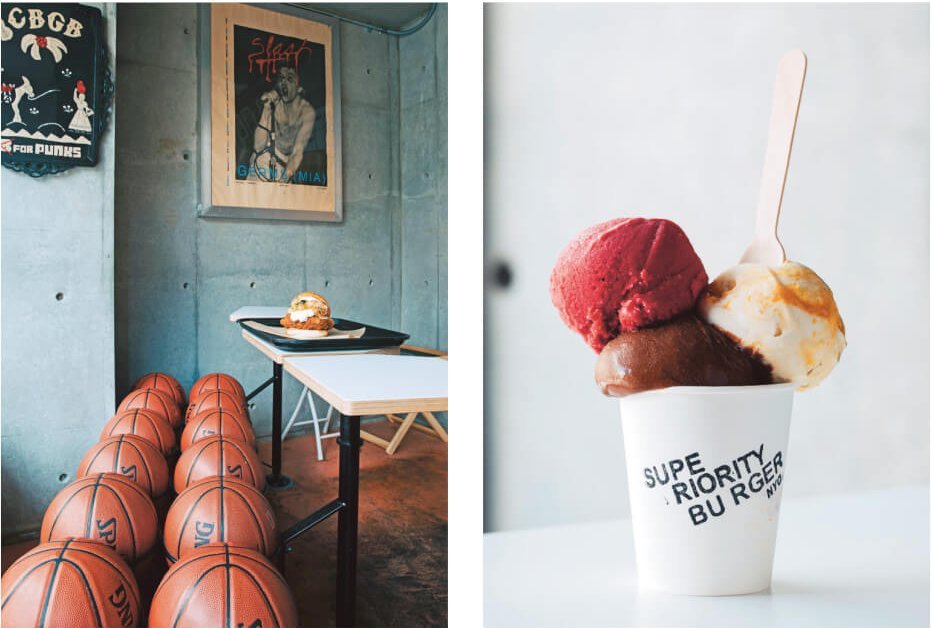
5-33-7 Daizawa, Setagaya-ku, Tokyo
Good Town Doughnuts
Just off trendy Cat Street, this little joint is Valhalla for doughnut lovers. Every day they make a handful of vegan versions of their sweet treats, which are kept in a separate case next to the non-vegan varieties. It is best to go early in the day because they do sell out, and you don’t want to miss the perfectly moist doughnuts, covered with decadent glazes that manage to be diabetes-inducing but vibrant at the same time.

The Sicilian lemon-poppy doughnut’s glaze is fresh and intense, and their signature smiley mango doughnuts are sure to put a smile on your face, too. If you want to add a caffeine rush to your sugar high, they offer almond milk lattes and American-style coffee with free refills.
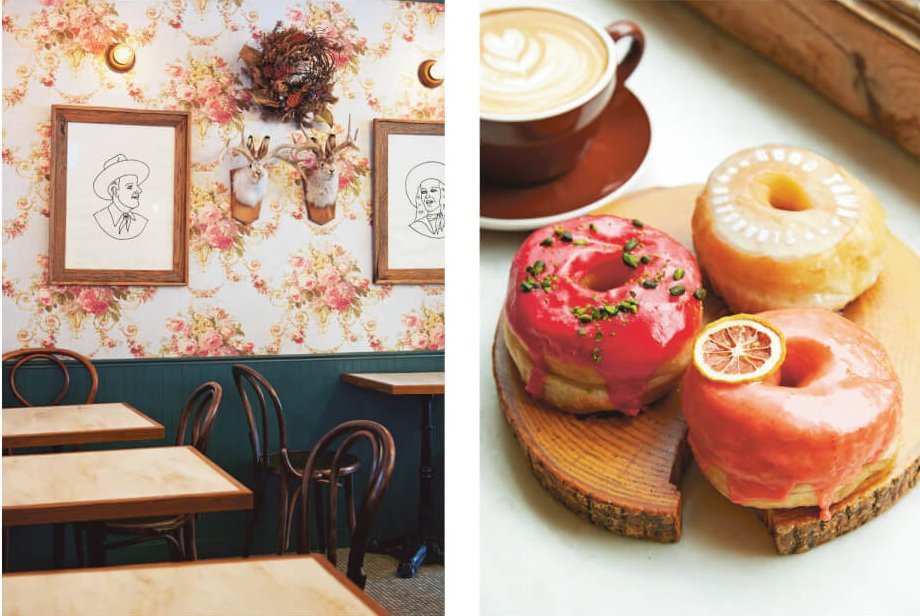
6-13-6 Jingumae, Shibuya-ku, Tokyo
Vegan Bistro Jangara & Kyushu Jangara Ramen
If you have a hankering for a big bowl of ramen, on the first floor you can try two of Kyushu Jangara’s signature bowls: the vegan kumamoto, a rich tonkotsu ‘pork bone’ broth topped with fried garlic, or the lighter vegan shoyu, a soy sauce–based soup.
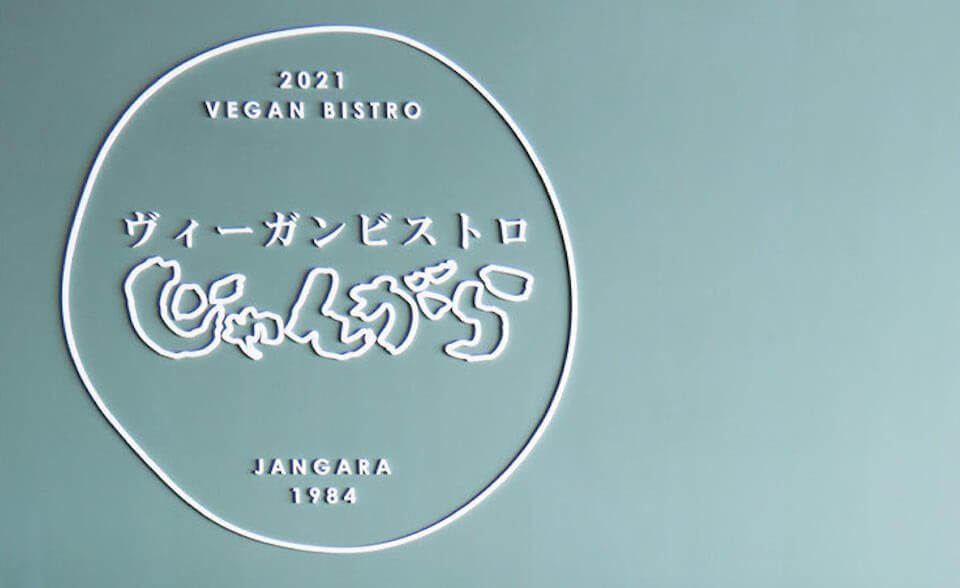
For more varied options, take the elevator up to the second floor where you will find the green-painted bistro, with large windows overlooking the Omotesando shopping street. The star of the show here is the juju grill (or newly added juju hamburger), juicy soy meat served hot and sizzling on an iron plate. For an extra punch of umami, choose the miso sauce. You can also try a vegan version of champon, an iconic seafood and noodle dish from Nagasaki, along with some ramen options not available downstairs, such as karabon (a spicy, tonkotsu-style bowl). The gluten-free raspberry mousse cake and rather unusual ‘shrub’ drink are also well worth sampling.
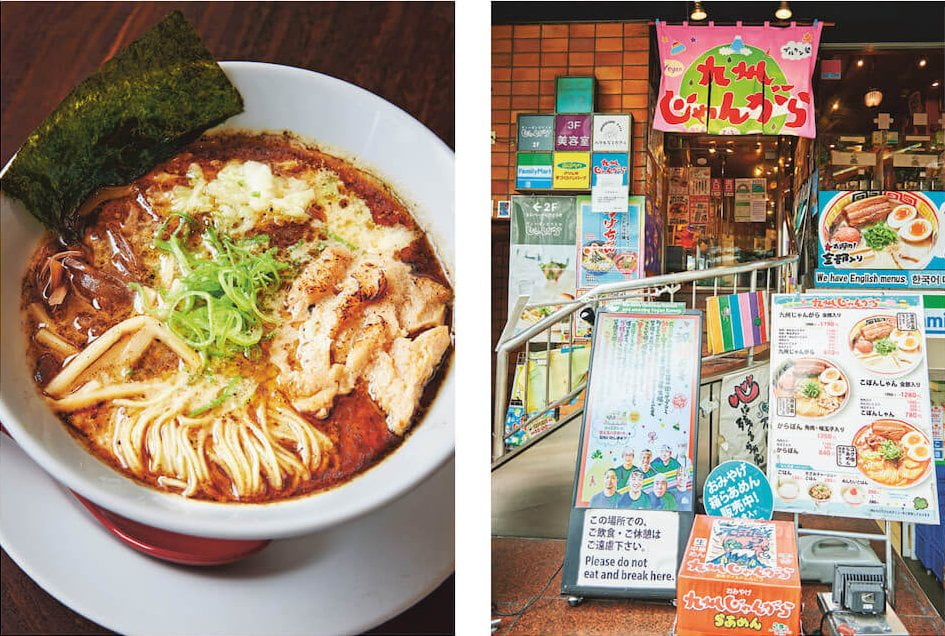
Shanzeru Harajuku Building 1F and 2F, 1-13-21 Jingumae, Shibuya-ku, Tokyo
Fucha Bon
The private tatami rooms, serene decor and refreshingly unpretentious, friendly service at Bon blow you away even before you have a chance to taste their fucha cuisine, a Chinese version of Japanese shojin ryori Buddhist meals. The restaurant has been around since 1972, originally aimed at serving Zen-influenced dishes at temple functions, and it is clear that it is still a popular spot for families to come together after attending various Buddhist rites.
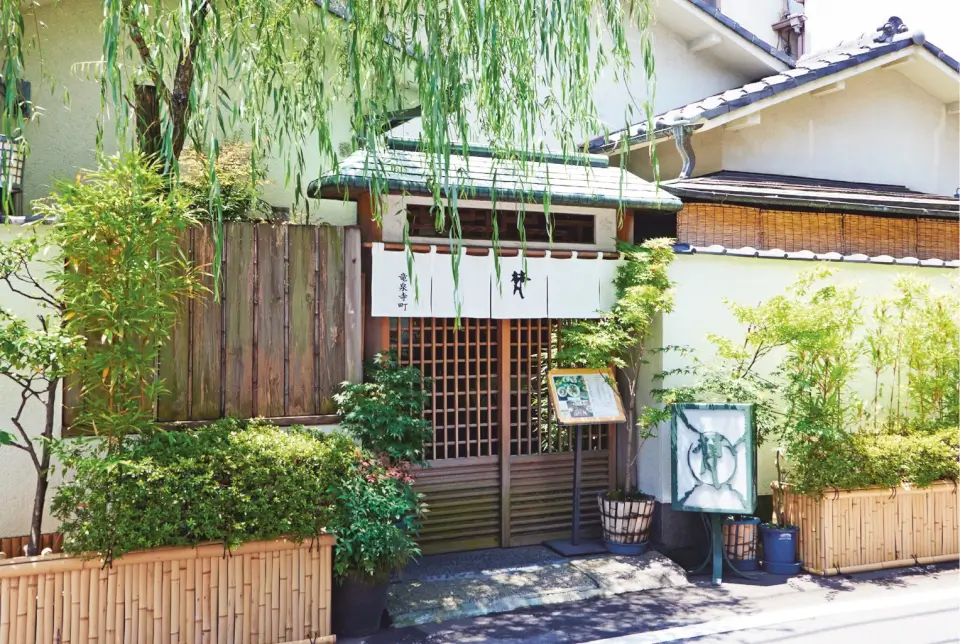
The procession of delicate, intricate dishes begins with a light tea and rakugan pressed- sugar sweet, and then takes off into a folly of seasonal tastes, with a fried asagao flower and faux abalone with lemon being just two highlights from a recent visit. A few staples of fucha are present in every meal, such as unpen, a ginger-laced, thickened soup made with leftover veggies, which goes along with the waste-not philosophy of this cuisine. Other showstoppers are the intense sesame tofu and their famous fried eggplant covered in a hearty miso sauce. Light eaters and those on a budget should opt for the weekday lunch courses, as the more expensive courses are extremely filling. Make sure to wear matching, clean, hole- free socks, as you will be expected to remove your shoes before entering the tatami room.
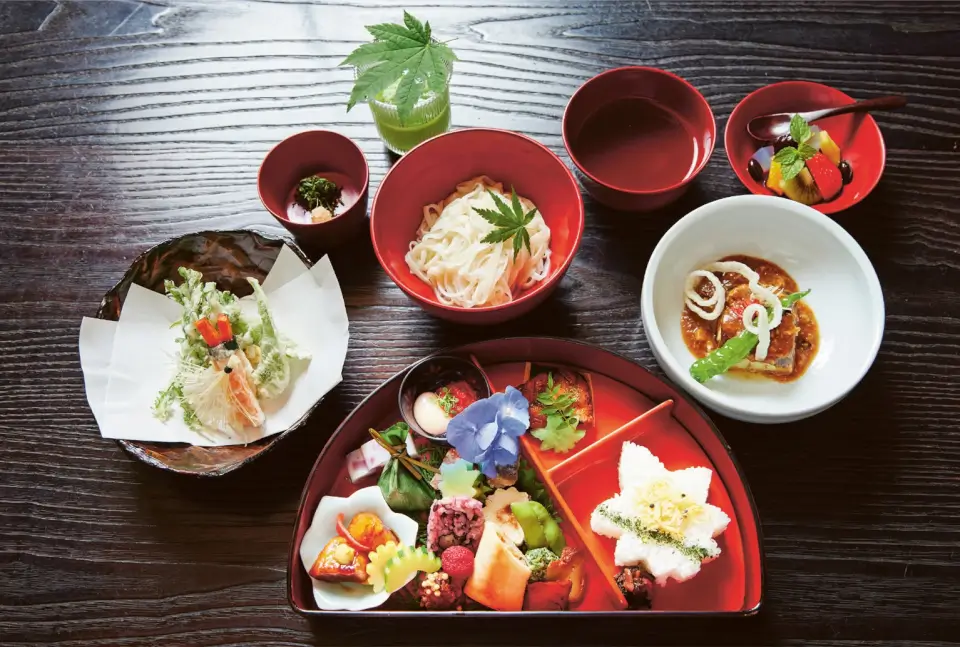
1-2-11 Ryusen, Taito-ku, Tokyo


